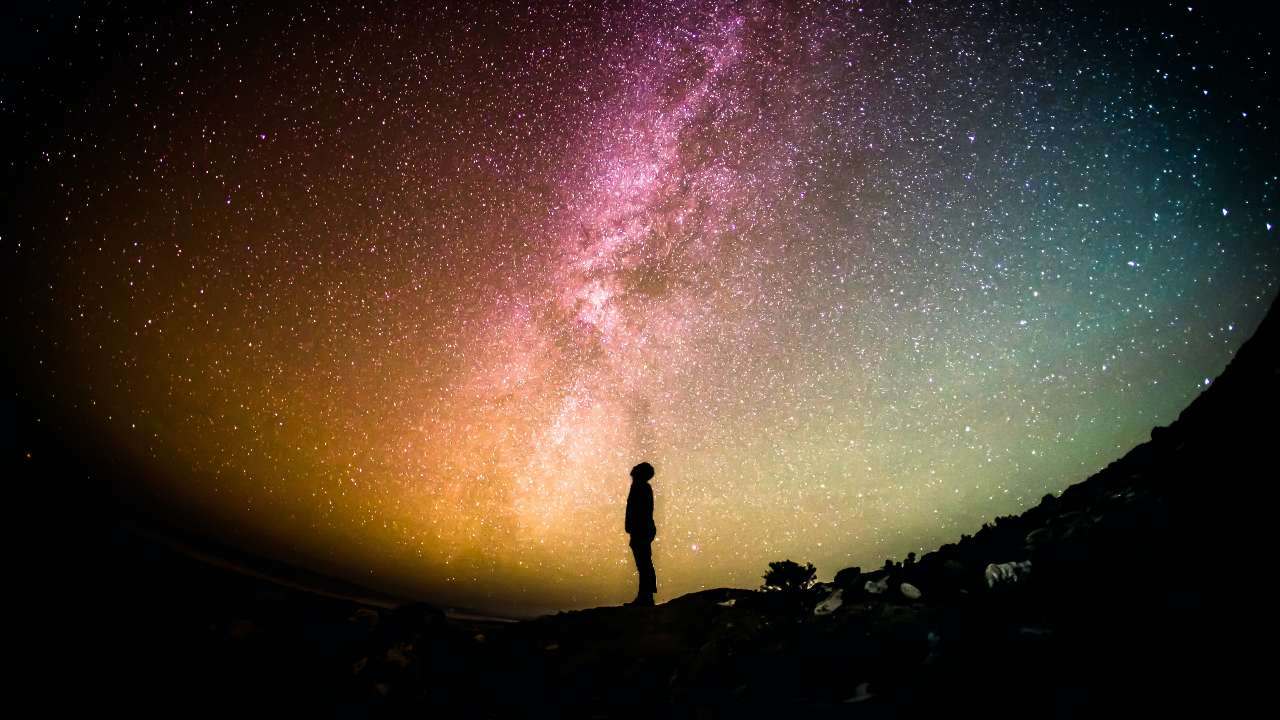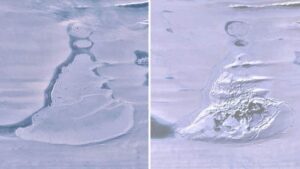FP TrendingJun 04, 2021 18:21:04 IST
Stargazers are in for a treat in the month of June as many sky phenomena will be happening in the days to come. From the movement of the moon to planets, space enthusiasts will be observing several sky events in June. Let us take you through the phenomena that are to come in this month:

Double transit shadow on Jupiter will be observed on 12 June
Saturday, 5 June
Stargazers from most parts of Europe and Africa will be able to see round black shadows cast by the four Galilean moons of Jupiter. They can see the phenomena starting from 2:22 am EEST (4:52 am IST) using amateur telescopes.
Sunday, 6 June
A large asteroid in the asteroid belt, 3 Juno will reach opposition. It can be seen using backyard telescopes throughout the night. As the distance between Juno and Earth will be minimised, it will appear large and bright.
Monday, 7 June
The old crescent moon near the planet Uranus will be visible on the night of 7 June. It can be viewed more clearly using binoculars and skygazers in southerly latitudes.
Thursday, 10 June
There will be the first solar eclipse of 2021 on this day. It will be visible from Lake Superior starting at 5:55 am EDT (3:59 pm IST). It will then move to Greenland and the North Pole. Solar filters will be required to watch the sun.
Friday, 11 June
Space.com reports that skygazers can look at the west-northwestern sky to observe the crescent moon close to Venus. It can be observed using binoculars after sunset.
Saturday, 12 June
In the predawn sky, the phenomenon of Double transit shadow on Jupiter will be observed on this day. People can observe this event starting at 3:43 am BST (8:13 am IST) using telescopes. It will be visible from Western Africa, Western Europe, and the Atlantic Ocean region.
Sunday, 13 June
A crescent moon above Mars will be visible in the sky starting from the early evening. Using binoculars, sky gazers can see the moon and Mars together at 11:30 pm in the local time zone.
Thursday, 17 June
The Earth’s moon will be half-illuminated on its eastern side when it completes the first quarter of its orbit. Lunar terrain can be easily observed as it gets lit.
Sunday, 20 June
The longest daylight hours for the northern hemisphere will be seen on this day as at 11:32 pm EDT ( 9:02 am, Monday, 21 June), the sun will reach the northernmost declination.
Monday, 21 June
Jupiter will pause on this day and will begin a retrograde loop which is going to last till mid-October.
Wednesday, 23 June
The phenomena of Mars invading the star cluster Beehive will be visible from a backyard telescope.
Thursday, 24 June
The full Strawberry Moon will be visible at 2:39 pm EDT or 12:09 am IST on Friday, 25 June.
Saturday, 26 June
On this day, Neptune will stand still and begin a retrograde lasting till December. It will be visible from the southeastern sky in the early morning. Skywatchers from Central and South America and eastern North America will also be able to observe the shadow of Lo and Callisto using amateur telescopes.
Sunday, 27 June
From midnight to the morning of Sunday, the Gibbous moon will be visible along with Saturn.
Monday, 28 June
Post midnight and before dawn, a bright moon will be visible between Jupiter and Saturn. The event can be watched using binoculars.










